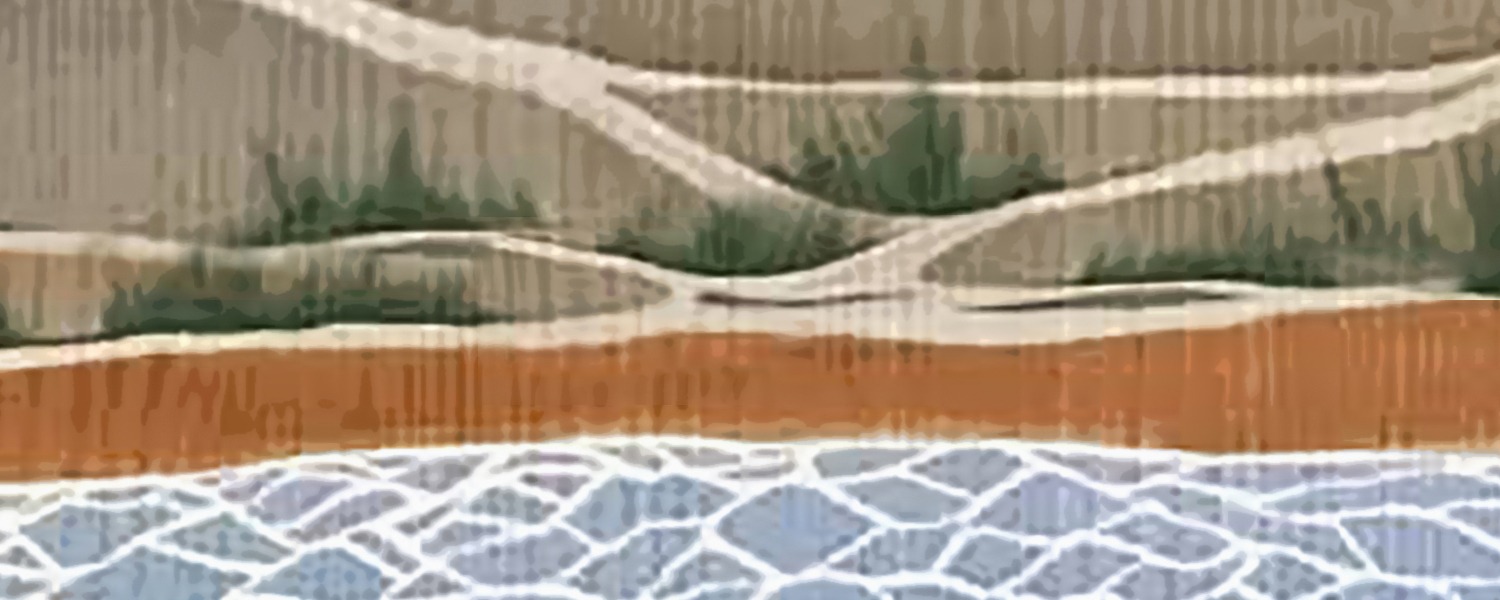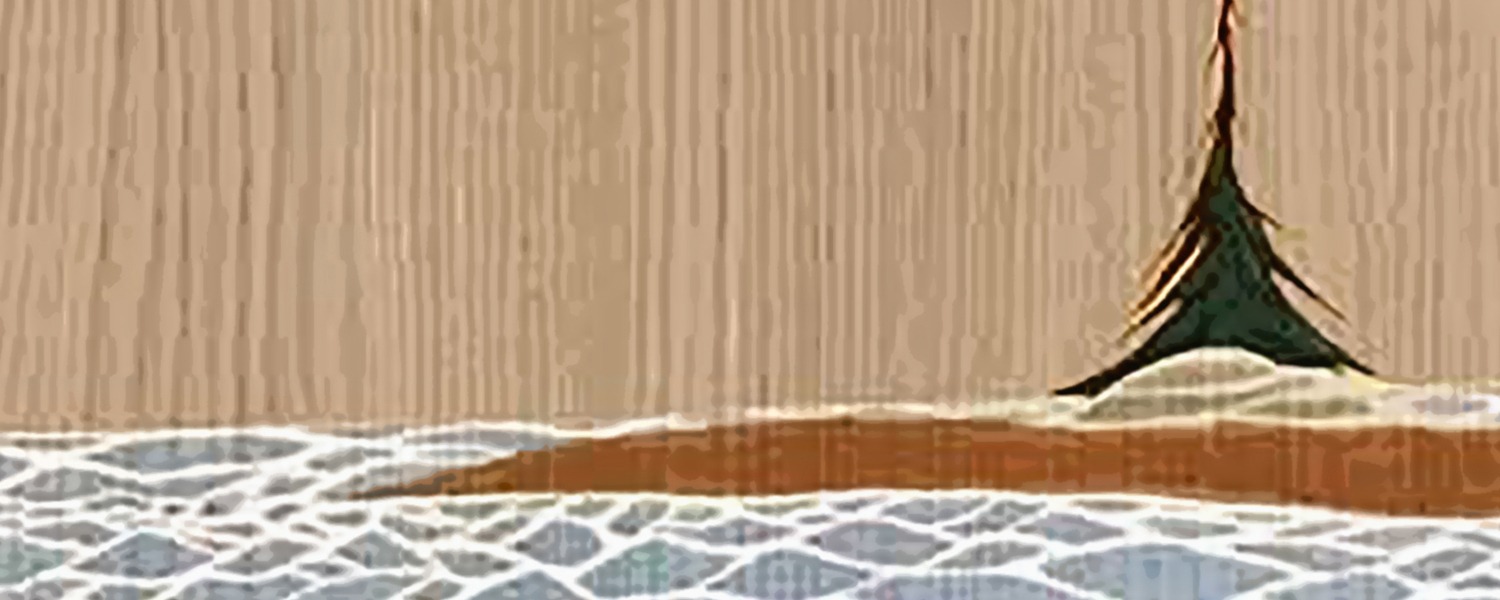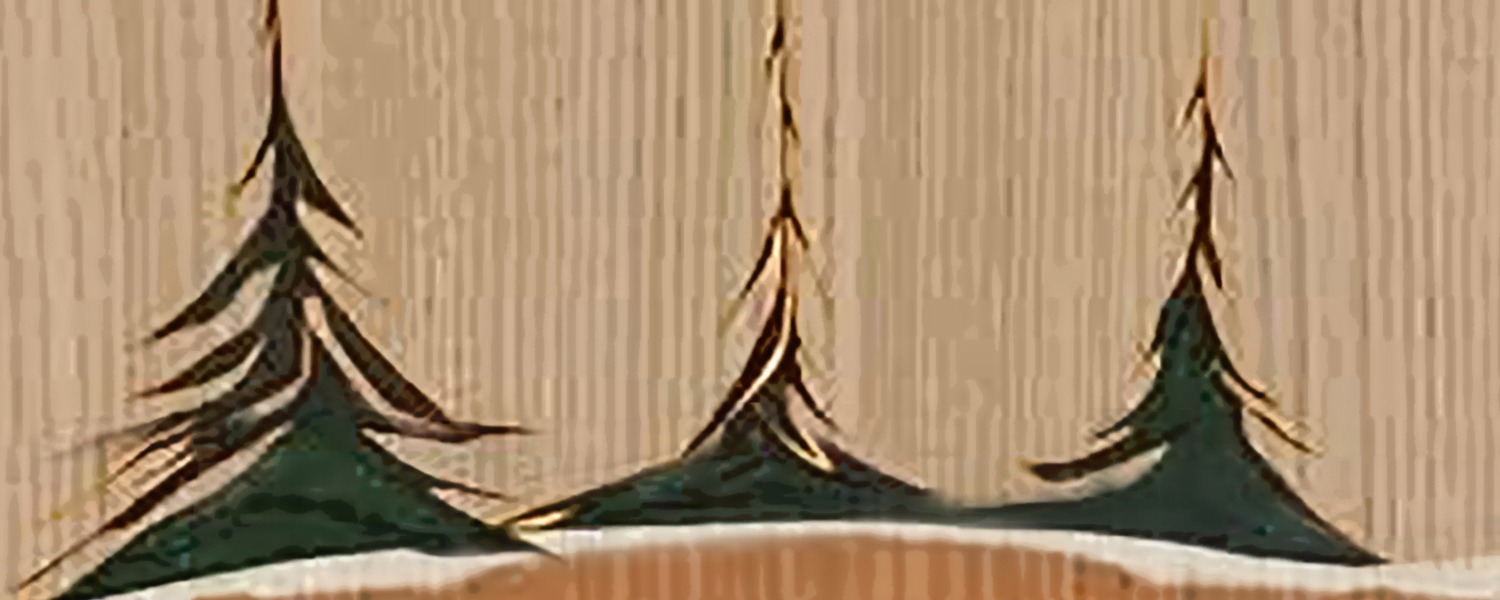I am a proud Maliseet. I grew up on the Tobique First Nation, a beautiful community located on the St. John River in northwestern New Brunswick. I am also a lawyer that has the privilege and honour of advocating for the rights of Aboriginal people across Canada. I would not have this privilege had it not been for my involvement in sports throughout my life.
I do not remember a time in my youth when I was not involved in sports. My parents were, and continue to be, avid believers in the power of sport. They put me and my siblings in every sport that was available in our community. Our obsession with hockey started off innocently enough, in the backyard of our home in Tobique, on a rink where my parents spent many late nights in their snowsuits, holding a garden hose to flood the ice. The older my siblings and I got, the more competitive and serious the innocent obsession with hockey became. Backyard hockey games turned into competitive travel teams throughout the winter and spring and hockey schools all summer.
My parents were eventually left with the difficult decision of leaving our community, and the only home that we knew, to a larger city in the province in order to pursue more opportunity with hockey. As tough as the decision was, it was the right one in our case. Within a year, at the age of fourteen, I received an athletic scholarship for a prep school in New Hampshire. From there, I attended a university in Vermont to play on a NCAA DIII women’s ice hockey team.
I never made it to the Olympics or the NWHL. I won’t be in any sports hall of fames. There will be no statues erected of me or memoirs written. But, I can proudly say that I was able to use the sport that I love to gain an education. I was also able to gain the confidence and skills that have seen me through to this point of my life. The education I got and the skills and discipline that I acquired helped bring me to the job I have now, of working as a lawyer and advocating for the rights of Aboriginal communities across Canada.
Unfortunately, for many people, my story is an exception. Not many Aboriginal people have had the privilege of using the sport they love to create opportunity and shape their future. This should not be the case. My story should not be the exception, but the norm. All Aboriginal youth should be provided with the same opportunities in sports and they should not have to leave their communities and families in order to do so.
The importance and power of sports cannot be understated, especially for Aboriginal youth. Aboriginal people have a long and proud history in sports. Amidst all of unspeakable horrors that were endured in residential schools, students found light in sports. Many survivors during the Truth and Reconciliation Committee (“TRC”) hearings spoke about how sports helped them survive. It gave them hope and confidence. Many had notable careers in sports. Fred Sasakamoose, for example, was a survivor of the Duck Lake school and went on to become the first status Indian to play in the NHL. This proud history of Aboriginal athletes in Canada has continued through people like Jordin Tootoo, Carey Price, Jesse Cockney, Caroline Calve, and Spencer O’Brien, to name a few.
The TRC recognized the importance and power of sport. In its Calls to Action (#87-#91), it urged that action be taken to ensure long-term Aboriginal athlete development, to reduce barriers to sports participation and increase the pursuit of excellence in sport for Aboriginal people and ensure that national sports policies, programs and initiatives are inclusive of Aboriginal people. The TRC also called for public education that tells the story of Aboriginal athletes in history.
These Calls to Action have yet to be effected. Meanwhile, despite the closing of residential schools, Canada continues to face a crisis when it comes to the lives and well-being of Aboriginal youth. Compared to non-Aboriginal peers, Aboriginal youth have lower graduation rates, higher unemployment rates, higher suicide rates, higher incarceration rates and are more likely to end up in the child welfare system. This situation only continues to worsen, most recently with the tragic crisis in relation to youth suicides. Urgent action needs to be taken and it needs to be now.
In my time at OKT I have had the privilege of travelling to different Aboriginal communities across Canada. One thing that has always struck me is the common love and passion for sports among Aboriginal youth. Sports brings them together, it gives them hope and a common goal. It provides them with confidence and excitement. While it is not a cure-all for all of the challenges that Aboriginal youth face today, the implementation of the TRC’s Calls to Action (#87-#91) would go far to aid in the crisis and have the same healing power as it did for those in residential schools. It would offer them much needed hope and assist in unleashing their power and confidence so that they can be forces of positive change in their communities and the country. It would also enable them to be proud of their history and their people’s history in sport and help in bringing communities, both individual communities and the larger Canadian community, together. But, Aboriginal youth should not have to be separated from their communities, families, language and culture to access these opportunities; otherwise it is just a perpetuation of the assimilation and colonization sought through residential schools.
Aboriginal youth are the future of their communities and of Canada. The healing starts with them. In order to fully effect reconciliation, they must be built up and provided the opportunities and tools to succeed. Nothing less should be permitted.
By Gillian Paul
OKT presents: a series of blog posts in honour of the 1st anniversary of the TRC calls to action
Related Posts

Bruce County and Saugeen Ojibway Nation Finalize Settlement Agreement
Joint Media Release
December 9, 2021
Bruce County and Saugeen Ojibway Nation Finalize Settlement Agreement
Bruce County and the Saugeen Ojibway Nation (SON) have reached an…
Read More...
Can Canada recognize what’s been in front of its face for 450 years?
Twenty-two years ago, the Royal Commission on Aboriginal Peoples set out a blueprint for recognizing Indigenous self-government and rights in Canada. This blueprint should have given…
Read More...
Reconciliation is an English word
On June 8, 2017, the honourable Robert Falcon-Ouellette spoke to the House of Commons in his official language, Nehiyaw. No issue was raised regarding the use of the Cree language,…
Read More...
